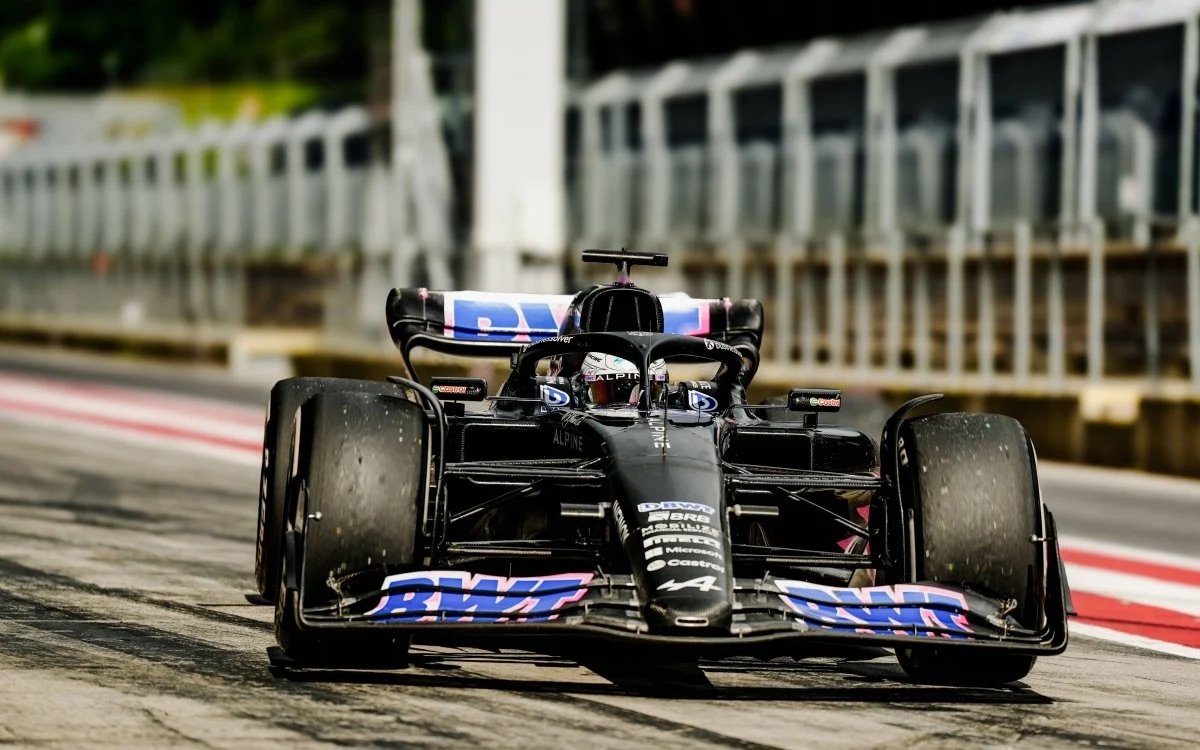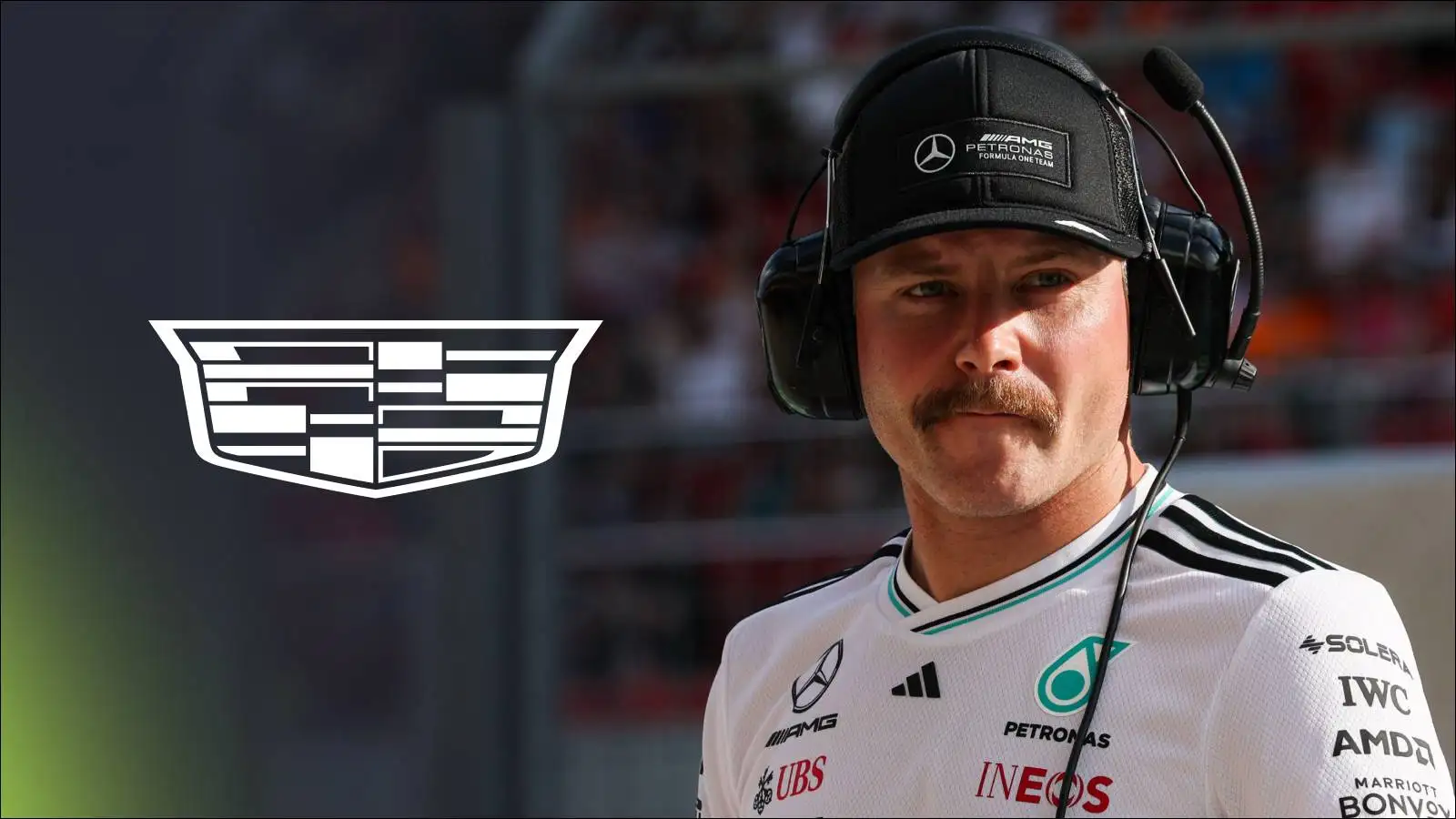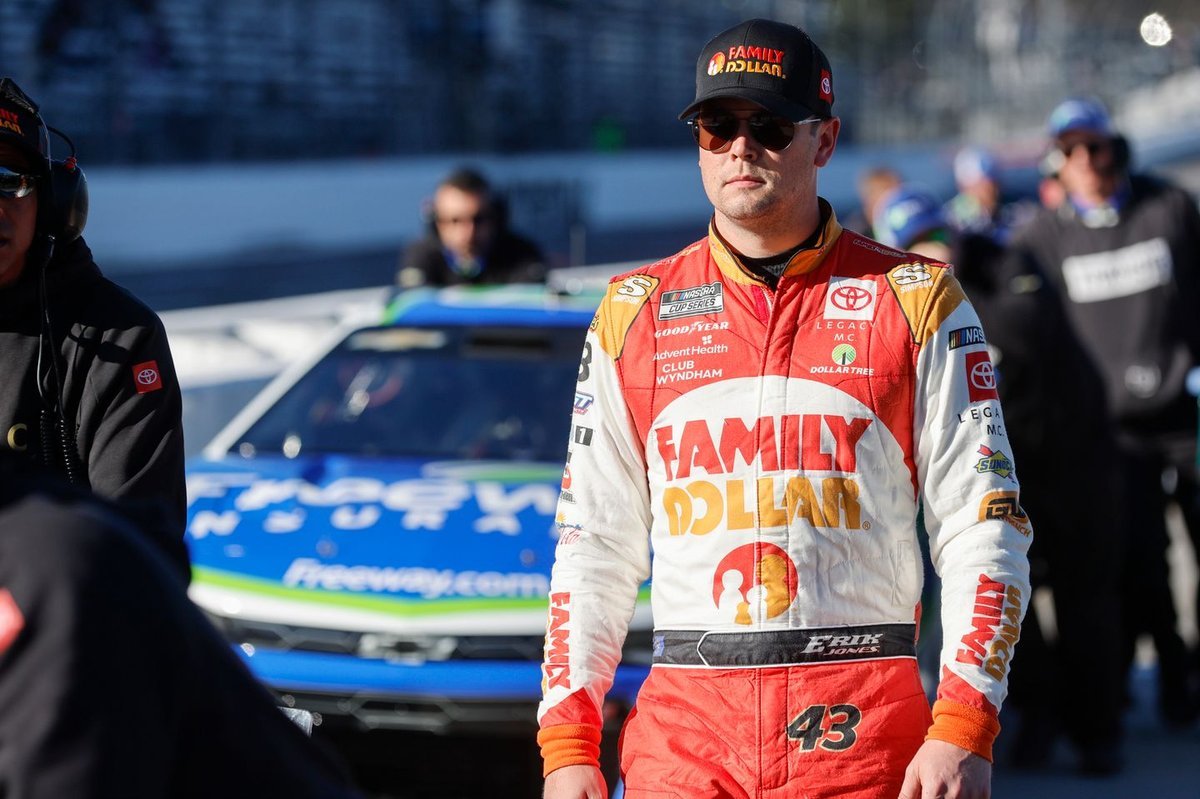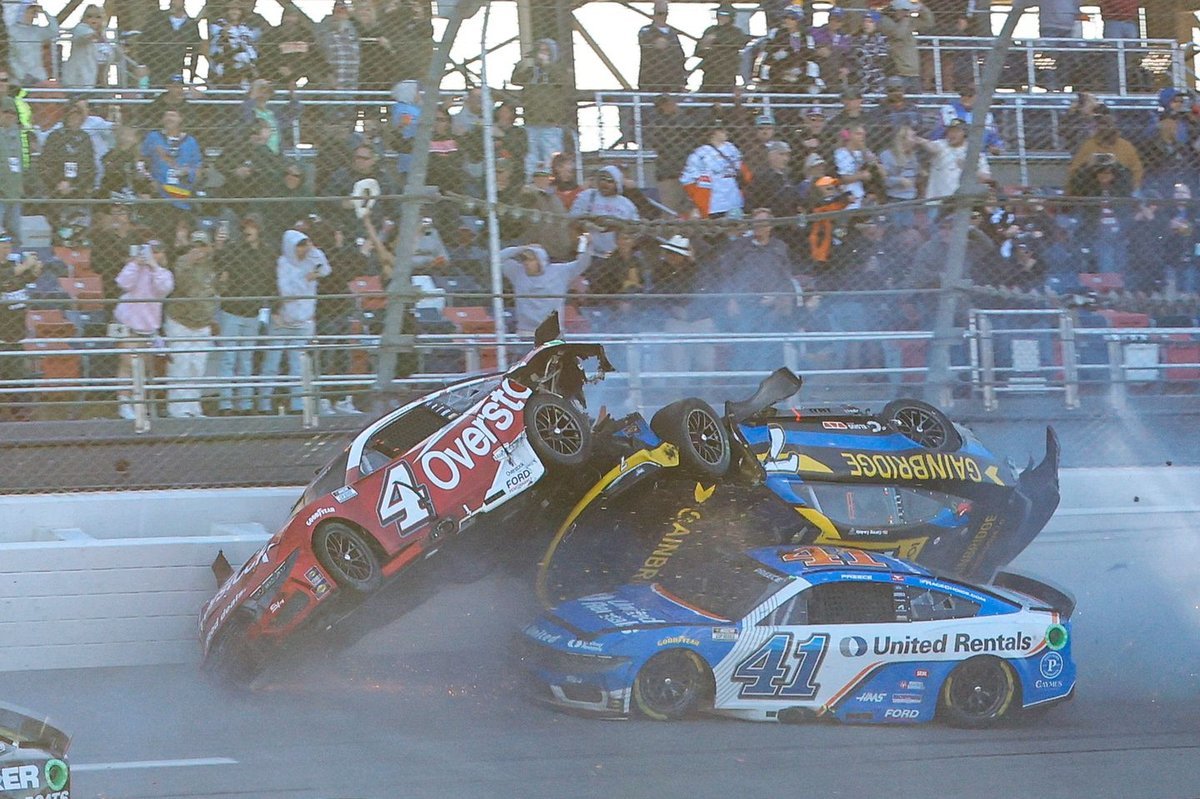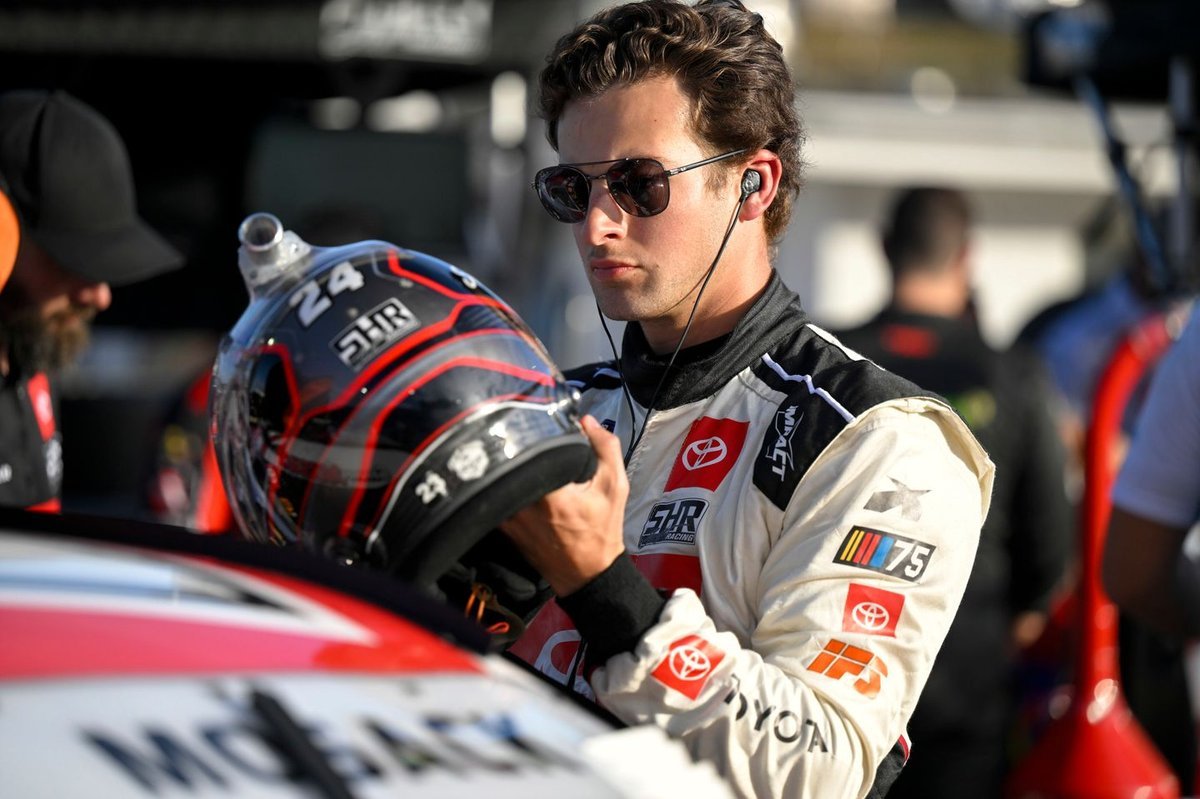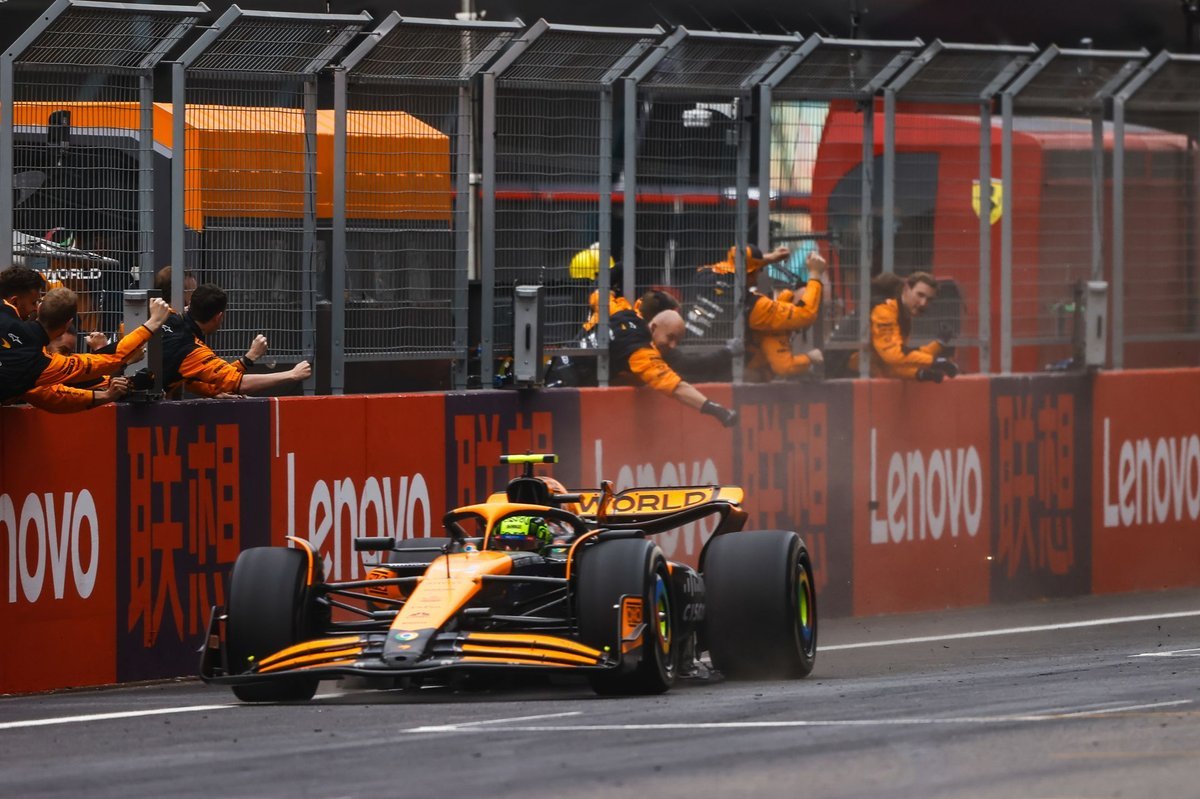
Source – Cricketnmore
Alpine Racing SAS and Honda Racing Corporation were found to have violated rules regarding procedure by the FIA.
The procedural breaches of the power unit cost cap by Alpine Racing SAS and Honda Racing Corporation (HRC) have stirred significant interest in the F1 community. These breaches, while not indicative of overspending, highlight the complexities surrounding the implementation of new financial regulations in the sport. Introduced to Formula 1 at the beginning of 2023, the power unit (PU) manufacturer cost cap has been designed to regulate the spending of engine suppliers and promote financial parity within the sport, running parallel to the budget cap introduced for teams in 2021.
The cost cap for power unit manufacturers was set at $95 million for the 2023 season, with both Alpine Racing SAS and Honda Racing Corporation meeting the financial limit. However, the FIA discovered that both manufacturers had committed procedural breaches of the rules rather than exceeding their spending limits. This procedural breach triggers the involvement of an “Accepted Breach Agreement” (ABA), a formal mechanism that allows teams or manufacturers to settle with the FIA in the event of such infractions.
An ABA is essentially a compromise reached between the offending party and the FIA, allowing a resolution without the need for more drastic penalties. It’s important to note that procedural breaches are distinct from overspending, with the latter potentially triggering far more severe consequences, including financial penalties or sporting restrictions. In the case of Alpine and HRC, the ABA signifies that both entities have acted in good faith and that their breaches are administrative in nature rather than an intentional attempt to circumvent the rules.
For context, ABAs have been used in Formula 1 before. In 2022, Red Bull Racing entered into an ABA with the FIA after exceeding the cost cap for the 2021 season. This breach resulted in a hefty $7 million fine and a reduction in wind tunnel and CFD time for Red Bull’s 2023 car development, which had long-term ramifications for the team’s performance. However, in the case of procedural breaches, the penalties are generally less severe. For instance, Aston Martin and Williams both faced procedural breaches in 2021 and were fined $450,000 and $25,000, respectively.
The FIA’s statement regarding Alpine Racing SAS and HRC acknowledged that both manufacturers had cooperated fully with the investigation and that their actions were carried out with the intention of adhering to the new regulations. The governing body also recognized the complexity of the financial regulations and the challenges posed by their first year of implementation for power unit manufacturers, signaling a more lenient approach towards the breach.
The details of the penalties for Alpine and HRC remain under discussion, but it is likely that fines will be the primary consequence, along with a requirement to cover the costs incurred by the FIA’s Cost Cap Administration (CCA) in investigating the breaches. Considering that both manufacturers acted in good faith and did not exceed the spending cap, the penalties will likely align with previous procedural breaches rather than more severe sanctions.
For fans and teams alike, this situation serves as a reminder of the importance of navigating the intricate financial regulations now governing the sport. The cost cap, while designed to level the playing field, has introduced new administrative challenges that teams and manufacturers must diligently address. In the case of Alpine and HRC, their procedural breaches underline the growing pains of these regulations but also reinforce the FIA’s commitment to transparency and fairness in enforcing the rules.
The procedural breaches of 2023 by Alpine and HRC underscore the evolving nature of financial governance in Formula 1, and while the situation may seem minor compared to previous infractions, it is a sign of the sport’s ongoing efforts to maintain competitive balance through financial regulation.

